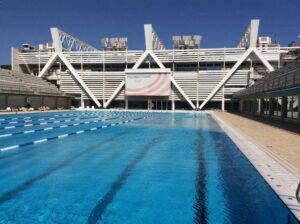03/27/2023 | Ballast Water | 9 MINUTE READ
Addressing Environmental Concerns in Ballast Water Treatment Systems
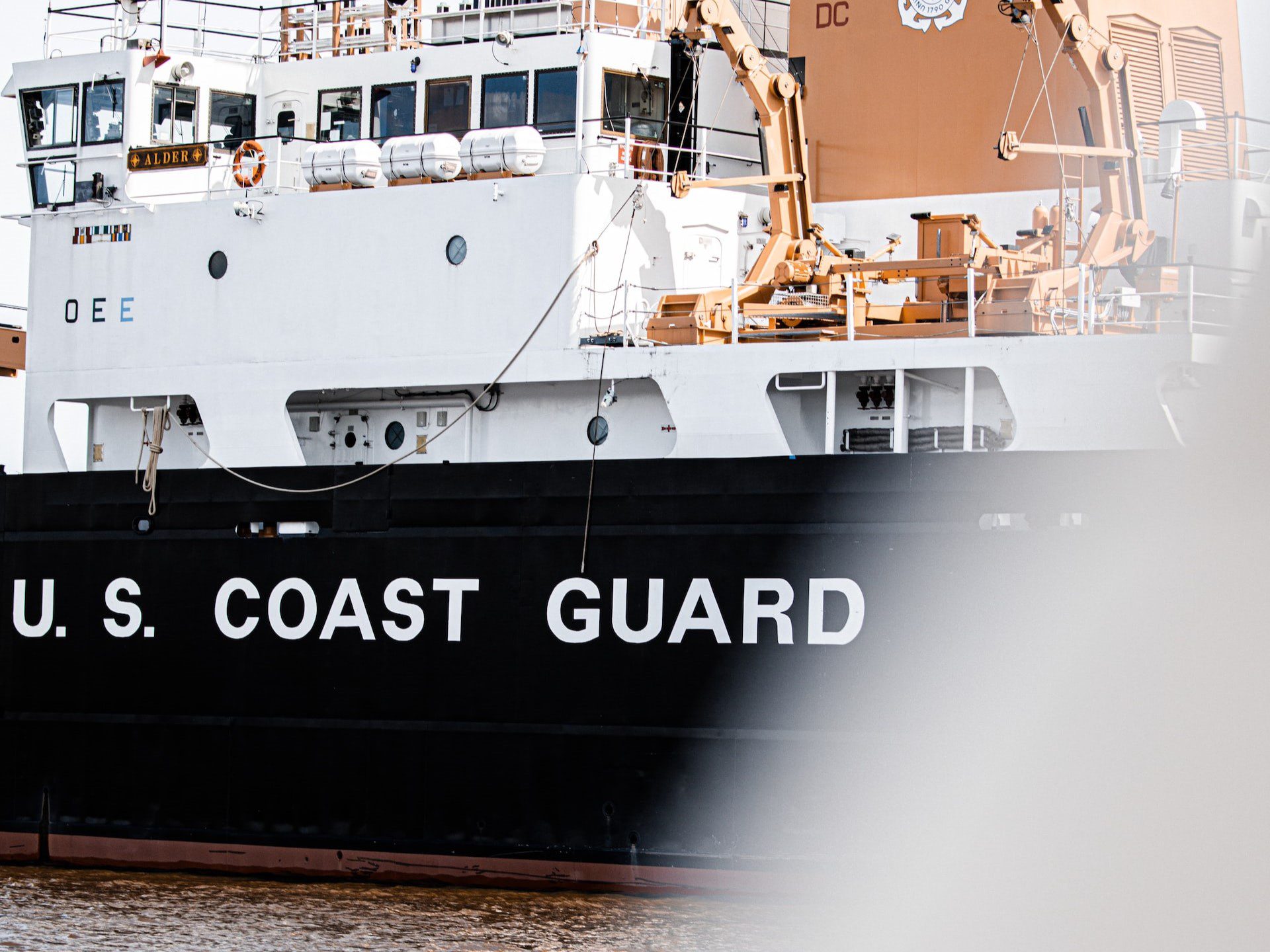
Most ships that are involved in hauling cargo are equipped with ballast tanks that contain freshwater or saltwater. These tanks are usually positioned in the cargo holds of ships and are used to provide maneuverability and stability to a ship during its voyage.
Despite the many advantages that ships obtain when using ballast water, there are several environmental concerns that must be taken into account. For instance, the ballast water is causing invasive aquatic species to be introduced to ecosystems they aren’t supposed to be in, which poses a serious threat to the local marine ecosystem.
When a ship takes on ballast water from one location, it will be taking the organisms that are indigenous to that region to a different destination. If the water is released from the ballast tanks without being treated, the biodiversity of nearby coastal waters and oceans can undergo adverse changes.
The International Maritime Organization estimates that around 7,000 species are transferred with ballast water every hour. This article explains the primary environmental concerns of ballast water and how these concerns can be addressed with the right ballast water treatment system.

What is Ballast Water?
Ballast water is saltwater or freshwater that’s contained in ballast tanks and is used to keep a ship stable while it’s out at sea. This water is mainly used when ships aren’t carrying any cargo, when the seas are rough, or when ships aren’t hauling enough cargo. It’s also possible to use ballast water to increase weight so that the ship will sink enough to pass under bridges.
Ballast water is usually pumped into a ballast tank when the ship has just delivered cargo to a specific port and is set to depart with no cargo or less cargo. This water is then transported to the next port, which is where it’s released. The water must be released before the ship takes on more cargo.
When the water is released, it’s common for non-native organisms to be sent into the waters at the port of discharge, which is among the most significant challenges that the shipping industry is currently contending with.
In order to make sure that the water doesn’t contain contaminants that will create biodiversity issues and environmental concerns, every ship that uses ballast water should use a ballast water treatment system and management plan. The International Maritime Organization (IMO) has also set comprehensive rules and regulations regarding the release of ballast water, which ships need to adhere to unless they want to pay substantial fines.
When treating ballast water, there are numerous technologies that can be used, which include everything from filtration systems to ultraviolet treatment. There are, however, a few constraints that must be managed, which include the cost of implementation, availability of space, and amount of environmental friendliness. Regular pH readings are essential when treating ballast water to make sure that the water meets IMO regulations before being released.
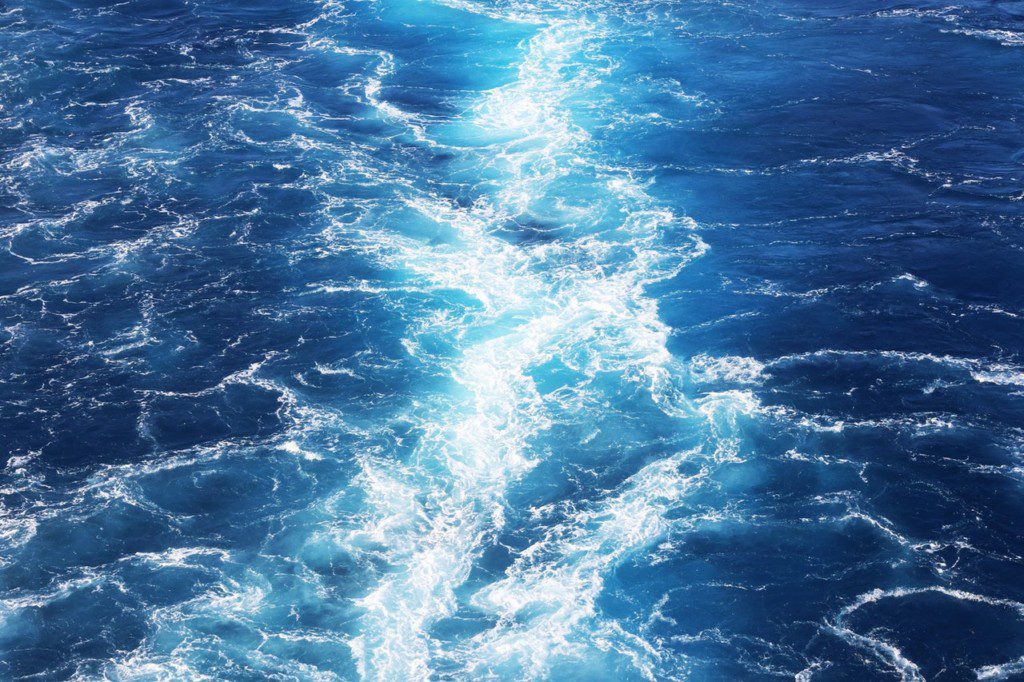
Environmental Concerns Presented by Ballast Water
As touched upon previously, there are numerous environmental concerns that are brought about when ballast water is discharged, the primary of which is that invasive species get into different marine ecosystems. Invasive species are capable of causing the extinction of native fish and plants. They can also destroy biodiversity and cause habitats to be permanently altered. If the impact is large enough, entire aquatic ecosystems can be disrupted on a permanent basis.
Some of the invasive species that can be found in ballast water include disease-causing organisms. Once these organisms are discharged, they can create health problems with native species of fish. Water pollution from domestic, agricultural, and industrial processes can also be present in ballast water and may threaten local ecosystems if the water isn’t properly treated. When these contaminants get into the water, they can lead to the deterioration of ecological balance while also threatening the health of many different types of living species.
Ballast Water Treatment Systems
Ballast water treatment systems are designed to remove invasive species of fish and other harmful contaminants from ballast water before it’s discharged. These treatment systems typically use two or three disinfectant techniques that are separated into different stages. A standard ballast water treatment system will include one stage that focuses on physical separation and a second stage that focuses on disinfectant technology.
The exact types of treatments that are used for ballast water differ depending on such factors as the amount of space on the ship, the cost limitations, and the type of ship. The most common water treatment technologies that ships regularly use include:
- Physical filtration systems
- Ultraviolet treatment
- Chemical disinfection
- Magnetic field treatment
- Electric pulse systems
There are several reasons why every ship should have a ballast water treatment system. The main benefit is that you’ll be able to meet IMO regulations and avoid polluting the waters surrounding the ports that your ship enters.
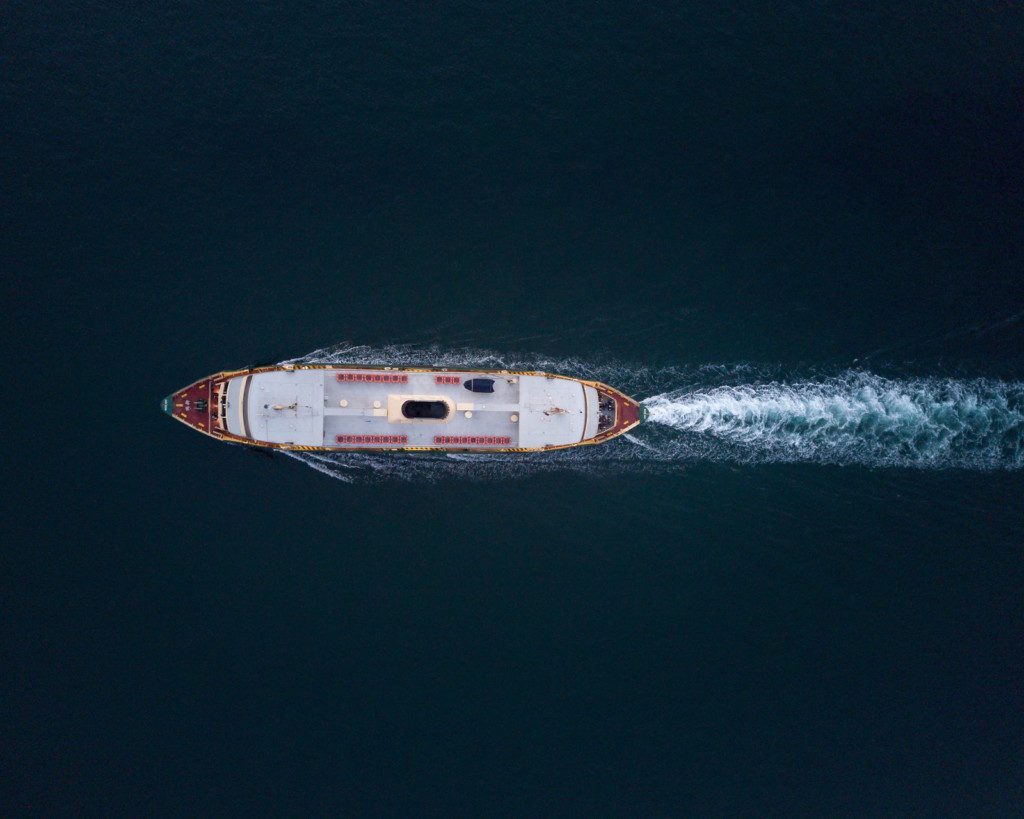
The Role of pH Treatment in Ballast Water Management
The various pH treatments that are used with ballast water management are separated into two categories of in-line and in-tank treatments. In-line systems are designed to treat water as it’s pumped from the sea and into the tanks. During this process, organisms will be killed before they ever get into the ballast tank.
As for in-tank systems, they destroy harmful organisms once the ballast tanks have been filled with seawater. The main benefit of using an in-tank system is that the treatment process can occur while the ship is moving from port to port.
Measuring the water’s pH is essential before and after the water is treated. As long as you have a baseline to compare these measurements to, you can determine if the treatment was effective. If ballast water is left untreated, the water’s pH in the area where the ballast water is discharged can change considerably, which places native species of fish at risk.
For instance, hatchetfish remain healthy in waters that maintain a pH range of 6.0-7.0. If the ballast water is highly contaminated, it might have a pH that’s lower than 6.0, which means that discharging the ballast water in an area with hatchetfish could harm their health. By regularly monitoring pH levels, you can be confident that the treatments you use before discharging ballast water work as intended.
pH Treatment Methods
The many different pH treatments that are used to remove contaminants from ballast water include:
- Filtration systems
- Magnetic field treatment
- Chemical disinfection
- Electric pulse systems
- Ultraviolet treatment
Filtration systems are designed to separate suspended solid materials and marine organisms from ballast water via surface filtration or sedimentation. The solids and waste water are discharged from the destination port. There are many different types of equipment that can be used during the filtration process, which include everything from screens and hydrocyclone to media filters.
The advantages and disadvantages of filtration depend on the exact equipment you use. For instance, screens/discs are environmentally friendly since they don’t use toxic chemicals. However, they aren’t useful at removing smaller particles from the ballast water.
As for hydrocyclone, it uses a high-velocity centrifugal force to rotate water at quick speeds and separate any solids. This system is easy to install but is also less effective at getting rid of smaller organisms that are present in the water. Media filters are commonly used with filtration systems because of their ability to filter out smaller particles.
Magnetic field treatments use coagulation technology and involve mixing magnetic powder with coagulants before the solution is added to the ballast water. Once the solution is placed in the water, magnetic flocs form and effectively separate marine organisms from the water. These systems don’t require much maintenance. The main issue, however, is that magnetic field treatments aren’t efficient.
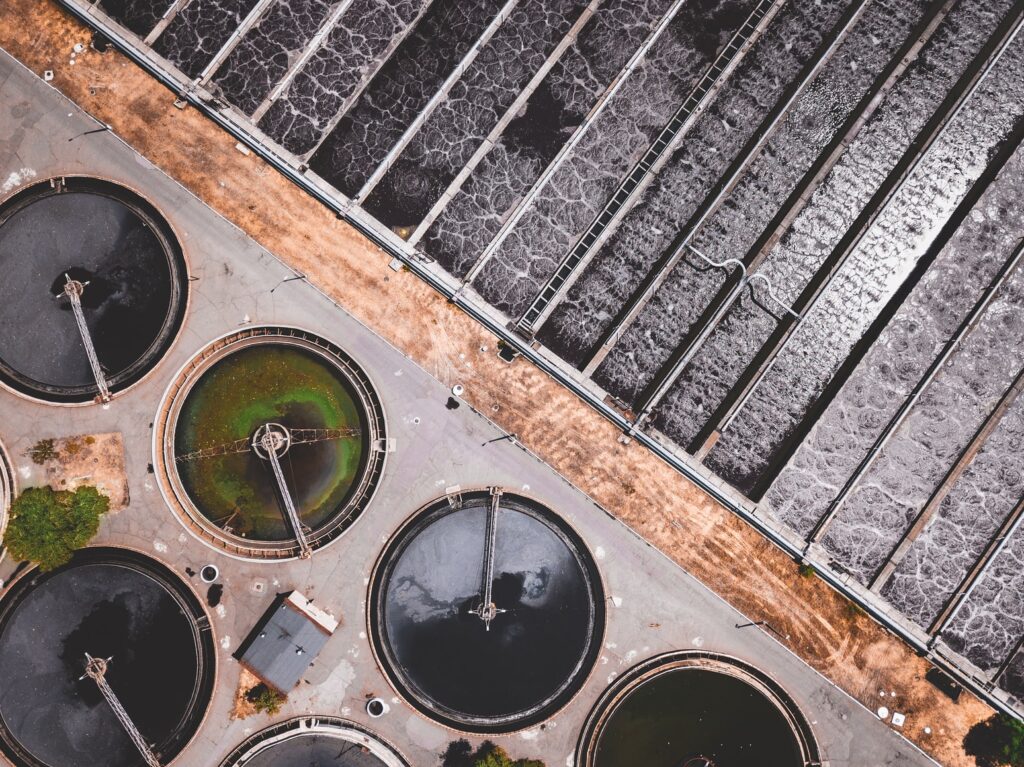
Chemical disinfection can occur with oxidizing or non-oxidizing biocides. These biocides are disinfectants that are capable of inactivating or removing marine organisms from ballast water. Oxidizing biocides include chlorine, iodine, and bromine. These disinfectants destroy organic structures in the microorganisms. In comparison, non-oxidizing biocides interfere with the metabolic, neural, or reproductive functions of the organisms.
Regardless of the chemical you use, biocides are highly effective at destroying microorganisms. However, there’s also a chance that the chemicals you introduce to the ballast water will increase the water’s toxicity.
The ultraviolet treatment method is comprised of UV lamps that are placed around a chamber that the water passes through. When these lamps are turned on, the ultraviolet rays will alter the DNA of microorganisms to prevent reproduction. This specific method is effective against many types of organisms but is less efficient than the alternatives.
As for electric pulse treatment, this solution is still being developed but is designed to emit short bursts of energy that can kill organisms found in ballast water. These bursts of energy are produced at a higher density and pressure. Since this treatment is still being developed, it’s difficult to know how effective it will be.
The Importance of Proper pH Treatment Compliance
As mentioned previously, the International Maritime Organization (IMO) maintains regulations surrounding how ballast water should be handled. The United States Coast Guard (USCG) also has some additional requirements that go further than the ones held by IMO. These regulations require ships to:
- Get rid of fouling from the hull, tanks, and piping regularly
- Rinse chains and anchors whenever the anchor is retrieved
- Clean ballast tanks on a regular basis to get rid of sediments
- Maintain a ballast water management plan
- Maintain comprehensive records of ballast management
- Submit a detailed report at least 24 hours before you get into a U.S. port
Keep in mind that periodical sampling should be retained on the ship for a period of three years. If your ship doesn’t adhere to these regulations, different fines can be levied depending on the port that you entered and the type of violation that has occurred. For instance, not submitting ballast water management reports can result in a high $25,000 penalty. Complying with these regulations allows you to avoid penalties and protect the environment.
Even though ballast water helps ships maneuver during voyages, it can also pose a problem when the water is discharged in areas with completely different ecosystems. With the right ballast water treatment system, you can clean the ballast water before it’s released.
Posted by Dominic O'Donnell on March 27, 2023
Sensorex is a global leader in the design and manufacture of quality sensors for water quality and process applications. The company offers more than 2000 sensor packages for pH, ORP, conductivity, dissolved oxygen, free chlorine, chlorine dioxide, UV transmittance and other specialty measurements, as well as a full line of sensor accessories and transmitters. Its expert technical support engineers solve analytical sensor challenges with custom designs and off the shelf products.




